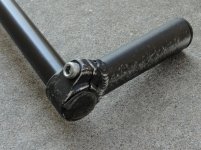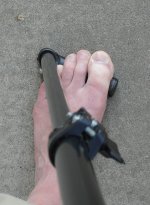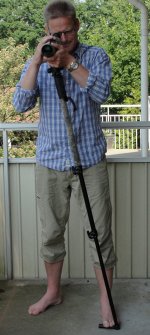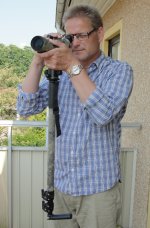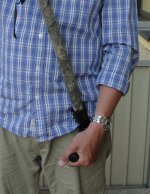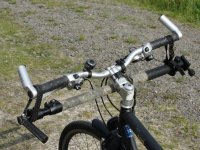looksharp65
Well-known member

Long time ago I have promised to present my monopod solution.
http://www.birdforum.net/showthread.php?p=2060334#post2060334
The usual problem with a monopod is that there is no support to prevent horizontal movement.
This is how I solved it. On top of the monopod is a medium-sized ballhead set to rotate with some effort, which makes the stabilization better.
http://www.birdforum.net/showthread.php?p=2060334#post2060334
The usual problem with a monopod is that there is no support to prevent horizontal movement.
This is how I solved it. On top of the monopod is a medium-sized ballhead set to rotate with some effort, which makes the stabilization better.
Last edited:




